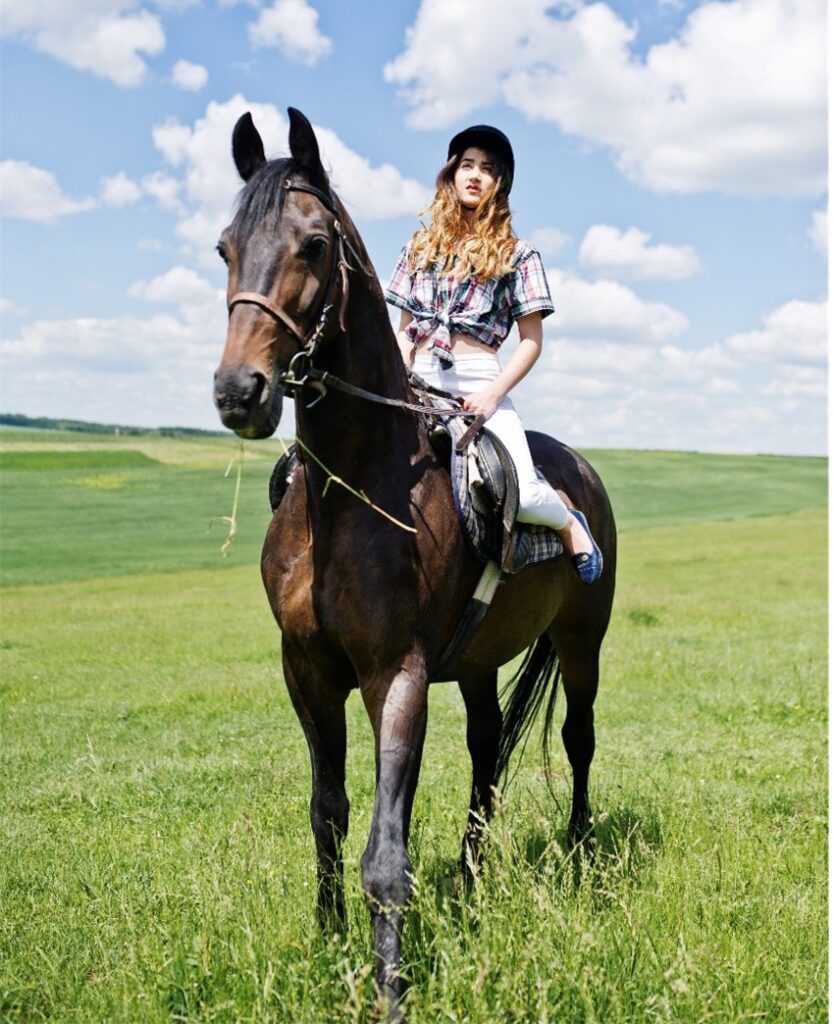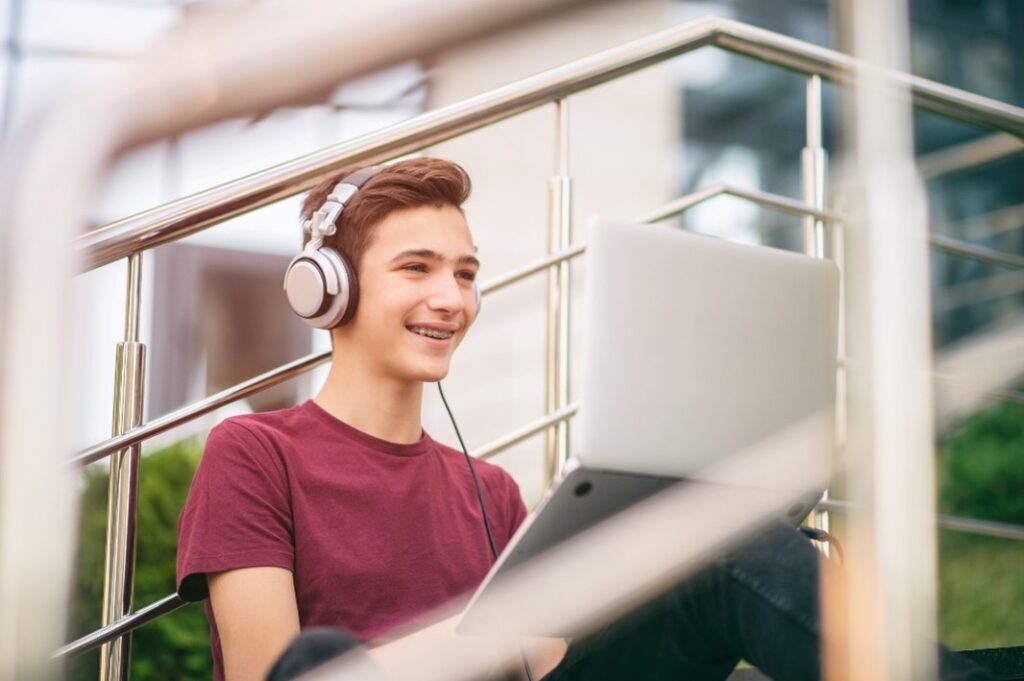Creating a safe and inclusive environment for all students is a fundamental principle for many educational institutions. With increasingly diverse student populations, these schools understand the unique challenges faced by LGBTQ+ students and are dedicated to offering a welcoming, supportive, and affirming atmosphere. Alpine Academy Utah reviews how they work to create a safe space for LGBTQ+ students, offering insights into best practices for supporting this community of individuals.
A Culture of Acceptance and Respect
The program is built on the principles of acceptance, respect, and understanding. The school’s culture promotes inclusivity, ensuring that every student feels valued and respected, regardless of their sexual orientation or gender identity. Staff members are trained to create a nonjudgmental environment where all students can express themselves freely without fear of discrimination or prejudice.
Inclusive Policies and Practices
One of the key elements in creating a safe space for LGBTQ+ students is implementing inclusive policies and practices. This Utah-based institution has developed guidelines that promote equality and respect for all students. These policies include:
- Anti-Discrimination: The school has a strict anti-discrimination policy, prohibiting any form of harassment or discrimination based on sexual orientation, gender identity, or expression. This policy is enforced at all levels of the institution.
- Gender-Neutral Facilities: The academy offers gender-neutral restrooms and changing areas, providing a safe and inclusive environment for all students. This approach reduces discomfort and promotes equality among the student body.
- Supportive Language and Terminology: Staff members are encouraged to use inclusive language and terminology, respecting each student’s preferred name and pronouns. This practice helps create a sense of belonging and acceptance.

A Safe Environment for Open Dialogue
The staff understands the importance of open dialogue in fostering a safe environment for all students. The academy provides various platforms for individuals to share their experiences, ask questions, and engage in discussions about LGBTQ+ topics. These platforms include:
- Student-Led Groups: With supportive, student-led LGBTQ+ groups, students can meet, share experiences, and advocate for their rights. These groups provide a sense of community and allow students to connect with like-minded peers.
- Workshops and Training: The academy regularly hosts workshops and training sessions focused on LGBTQ+ issues, designed to educate both staff and students. These sessions cover topics such as gender identity, sexual orientation, and LGBTQ+ rights, fostering greater understanding and empathy within the school community.
Supporting Students
Creating a safe space for LGBTQ+ students involves providing ongoing support and resources. The school offers several programs and services to support the well-being of LGBTQ+ students, including:
- Counseling and Mental Health Services: The academy’s counseling team is trained to address the unique challenges faced by LGBTQ+ students. They provide confidential support, helping students navigate issues related to identity, relationships, and mental health.
- Mentorship Programs: They also offer mentorship programs that pair LGBTQ+ students with supportive mentors. These mentors provide guidance, encouragement, and a safe space for students to discuss their experiences.
- Parental Support: The academy recognizes the importance of involving parents and guardians in supporting all students. They provide resources and workshops to help parents better understand and support their LGBTQ+ children.
Navigating Life with a Supportive Foundation
A supportive and therapeutic environment like the one described above does more than foster safety and inclusion during a student’s time at the academy—it provides a robust foundation for navigating life after the program. LGBTQ+ individuals often face unique challenges in the broader world, where acceptance and understanding may not be as prevalent. The skills and experiences gained from a nurturing setting can equip them to tackle these challenges with confidence and resilience. In these environments, students learn to embrace their identity, cultivate meaningful relationships, and build a strong support network. This experience becomes invaluable as they venture into new educational, professional, and personal realms.
The supportive community within the program helps LGBTQ+ students understand the power of acceptance, allowing them to step into the world with a stronger sense of self-worth and agency. This self-assurance is critical for addressing potential discrimination or prejudice outside the academy’s safe boundaries. Students who have thrived in a therapeutic setting are more likely to pursue higher education, find fulfilling careers, and build lasting relationships with those who share their values. Additionally, the networks formed within these inclusive environments can continue to serve as a source of support and guidance long after graduation, reinforcing that they are not alone on their journey.
The school’s commitment to providing resources, such as counseling and mentorship, contributes to a lasting impact. These connections offer LGBTQ+ individuals a touchstone for emotional support, practical advice, and career guidance, enabling them to navigate life’s complexities with greater confidence. By extending its reach beyond the school grounds, this fosters a lifelong community where former students can return to seek advice, share experiences, and mentor others, creating a ripple effect of empowerment and inclusivity. Ultimately, these outcomes reflect the profound influence that a supportive and therapeutic environment can have on LGBTQ+ individuals as they transition to the wider world.
Conclusion
The institution’s commitment to creating a safe space for LGBTQ+ students is evident in its inclusive policies, supportive practices, and ongoing efforts to foster open dialogue. By providing a welcoming environment, comprehensive support, and educational opportunities, the academy ensures that all students feel valued, respected, and empowered. This commitment not only enriches the lives of students in their programs but also contributes to a more inclusive and harmonious school community.















